A recent Verizon Fios video explores and examines Newark, New Jersey’s Unionwear, a manufacturer of scarves, hats, backpacks, and much, much more. The video opens with an interview with Unionwear CEO and President, Mitch Cahn, regarding the company’s background.
Mr. Cahn explains, “Unionwear is the manufacturer of baseball caps, military hats, sewn hats, backpacks, duffel bags—any sort of sewn accessory that can be made from woven fabric. By saying that these products are union made, it’s a type of shorthand for the fact that our products are made by happy, content, productive workers.”
When asked how they price their products competitively, the CEO says that one way of making sure that their products are competitively priced “is through the use of Lean manufacturing. Just because wages are higher doesn’t mean that labor costs necessarily need to be higher.”
Next, Mr. Cahn and the interviewer take a look at the factory itself. The camera pans over a section of the manufacturing facility as the company president explains that they are looking at roughly 1000 baseball caps before they are actually constructed. He runs through aspects of the production, such as fabric, a hydraulic clicker press that cuts the fabric for the hats into triangles, and other sections containing various parts of the soon-to-be baseball caps.
As he holds a completed baseball cap in his hands, Mr. Cahn runs his fingers along the various parts, demonstrating how each piece fits into the finished product. He offers up a little tidbit of information: every baseball cap has no less than 23 parts.
Moving to a different section of the factory, the video now focuses on workers at their various stations. This is where the tail end of the cap manufacturing process takes place, the sewing being done by hand and sewing machine. All the pieces come together here. Next will be the embroidery.
Depending on the cap, some parts receive embroidery while others do not. To achieve the best quality, the embroidery is done on cut parts of the hat before it is completely assembled. Because the embroidery is done on a flat panel instead of a curved finished cap, the artwork’s registration is improved, the imprint area is larger, productivity is improved, and expenses are lower. Workers now must finish the crown, attach the visor, and complete the baseball cap.
As the company president and the interviewer move to the section of the facility where the “baseball cap is virtually born,” the camera pans widely across the facility. It shows numerous stations and workers as various stages of the assembly process are being completed.
Mr. Cahn describes this final stage: “We’ve made the crown of the baseball cap, the embroidery has been added, we’ve made the brim, and now the crown and the brim will be attached together, and the label and sweatband will be added. Everything, once sewn together, is steamed, bagged, and boxed.” And voilà, you have a baseball cap, ready for distribution.
This video gives an impressive view of a baseball cap’s creation—from its infancy to the completed, final product. Not to mention all of the people who participate in the process. Knowing that these products, each and every one, are all put together with the bare hands of union employees is one of the major factors that sets this company apart from all the rest. These products are made in the USA, by hand.
Unionwear—American-made, America proud.

 Dad Caps
Dad Caps
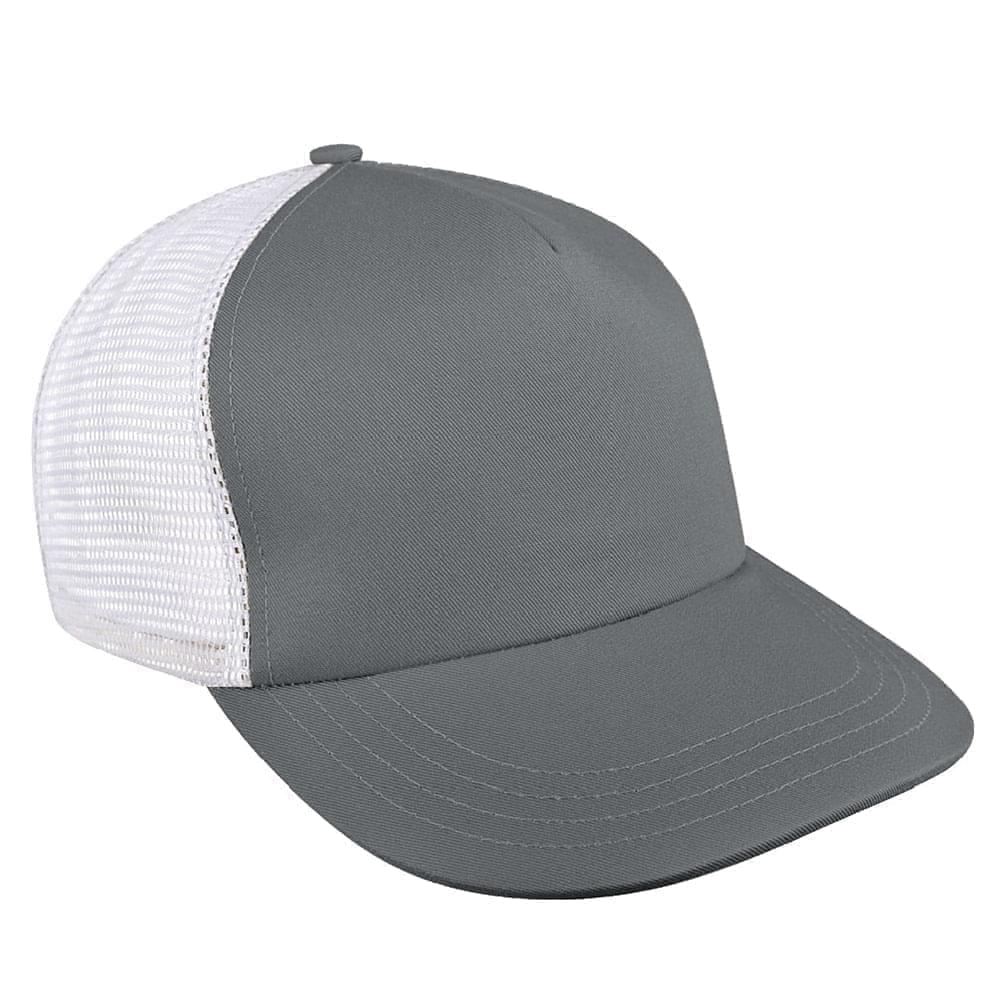 Five Panel Hats
Five Panel Hats
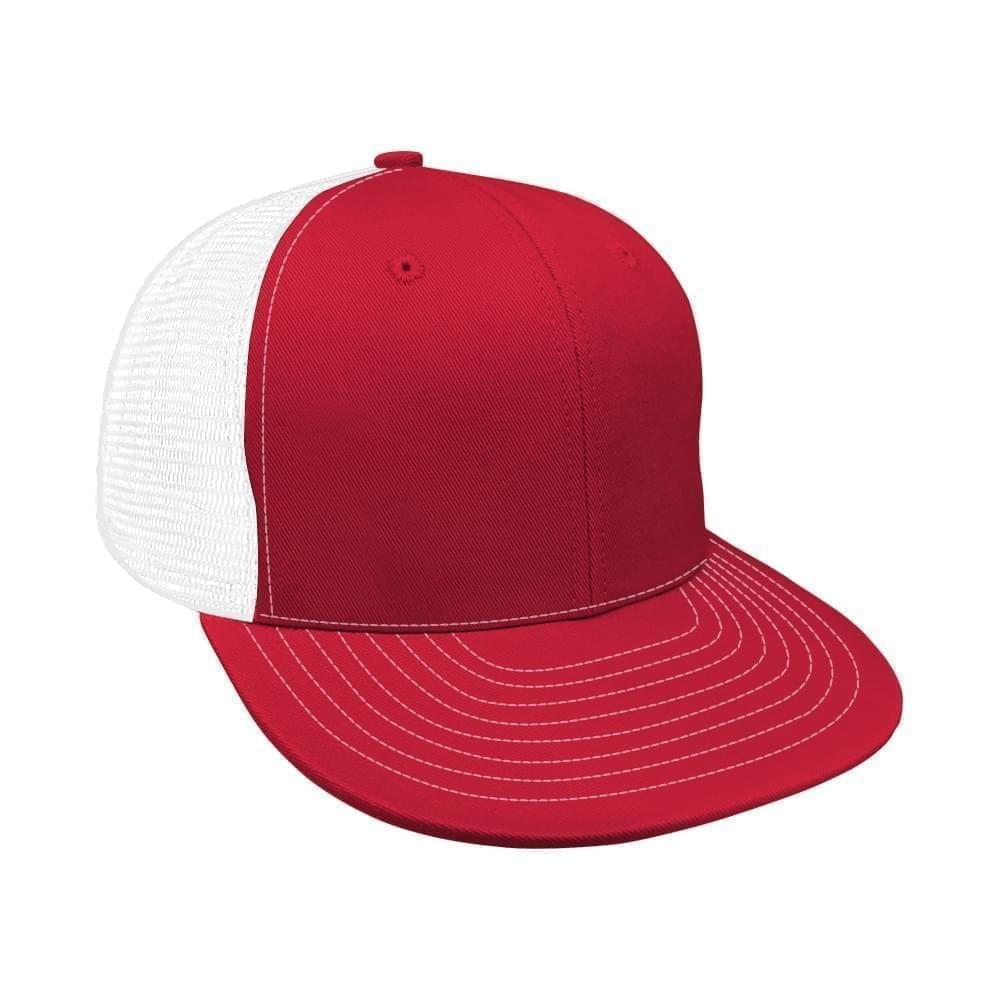 Mesh Back Hats
Mesh Back Hats
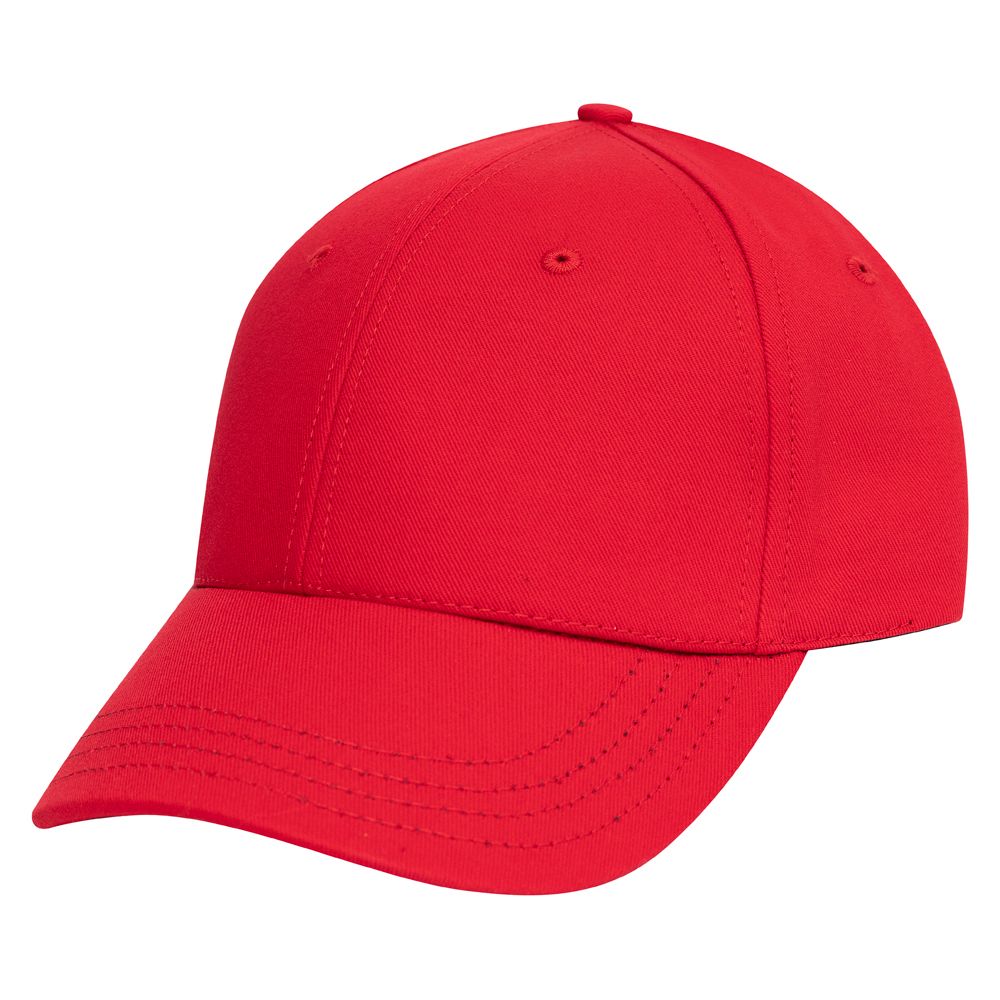 In Stock Blanks
In Stock Blanks
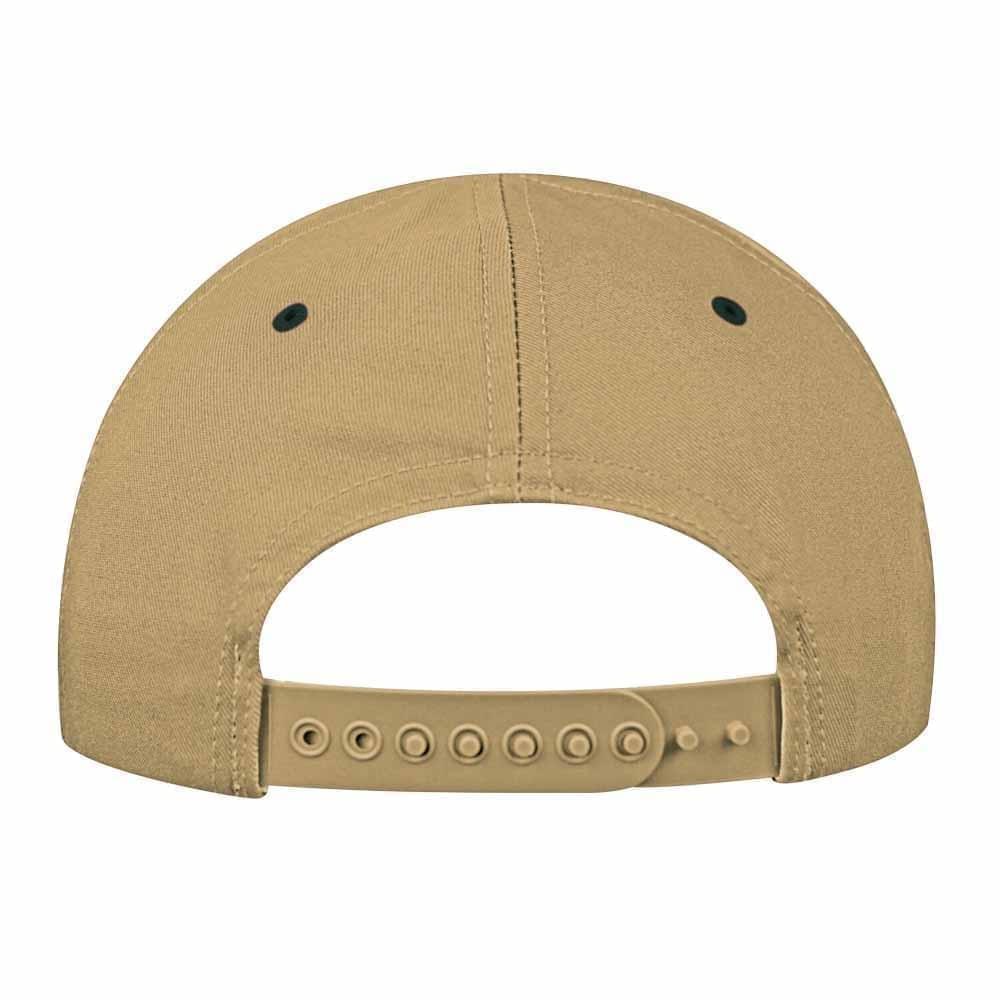 Snapback Hats
Snapback Hats
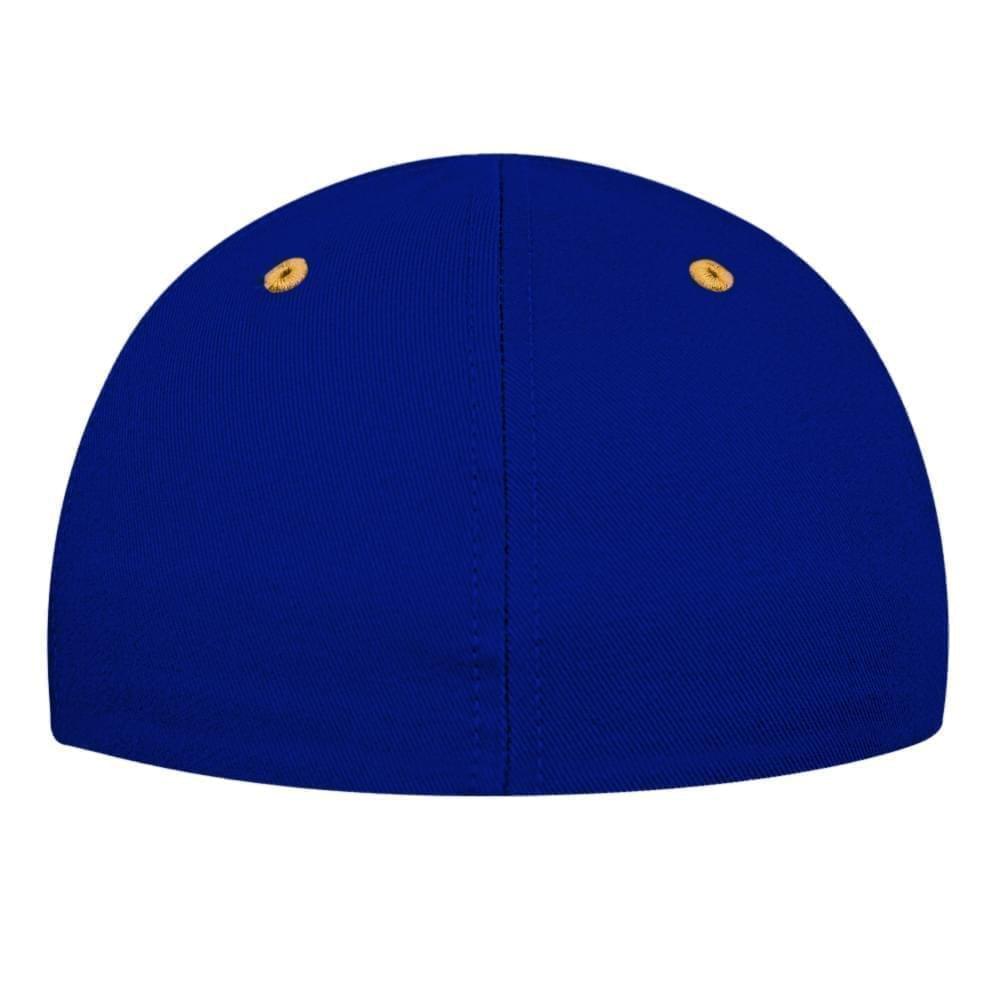 Stretchfit Hats
Stretchfit Hats
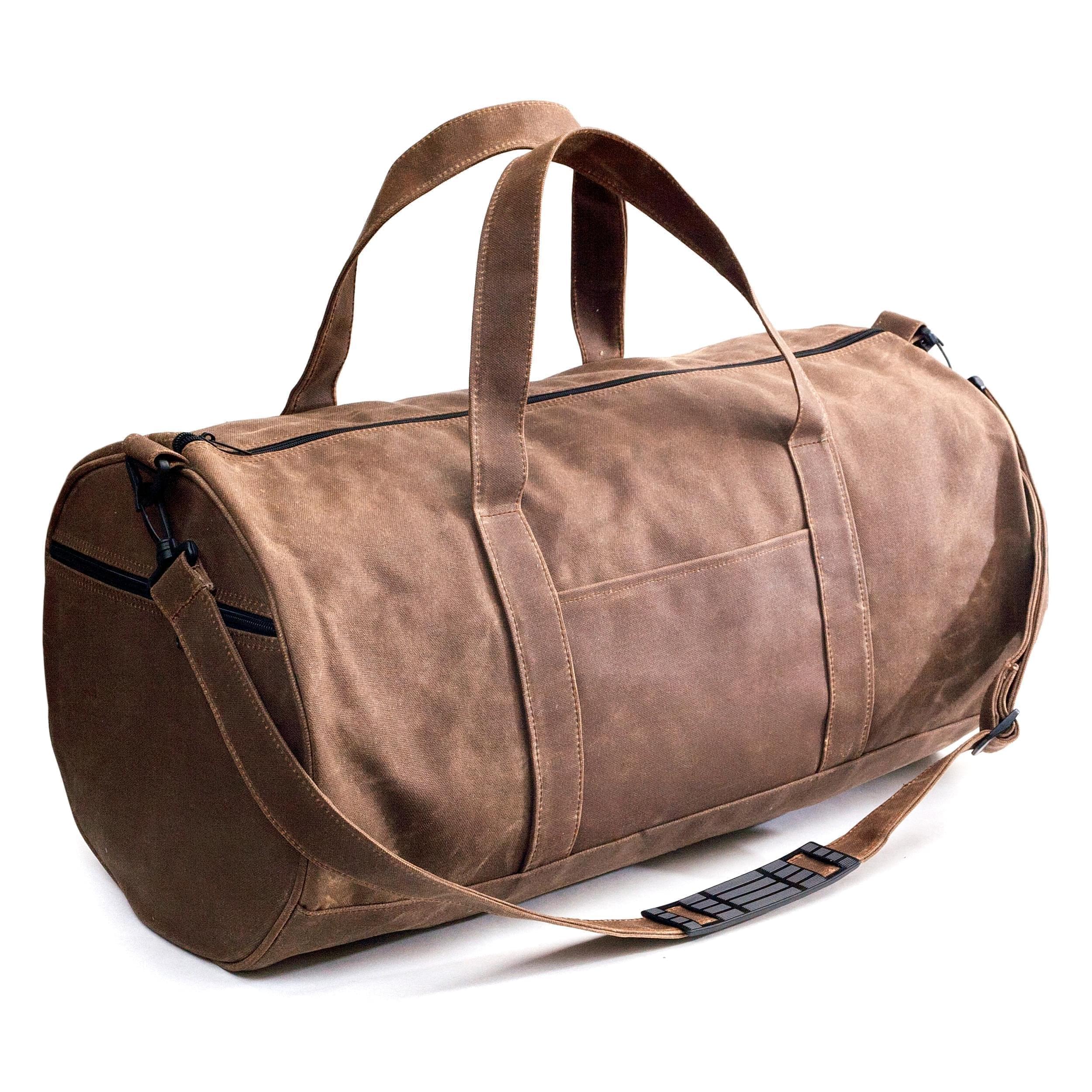 Duffel Bags
Duffel Bags
 Backpacks
Backpacks
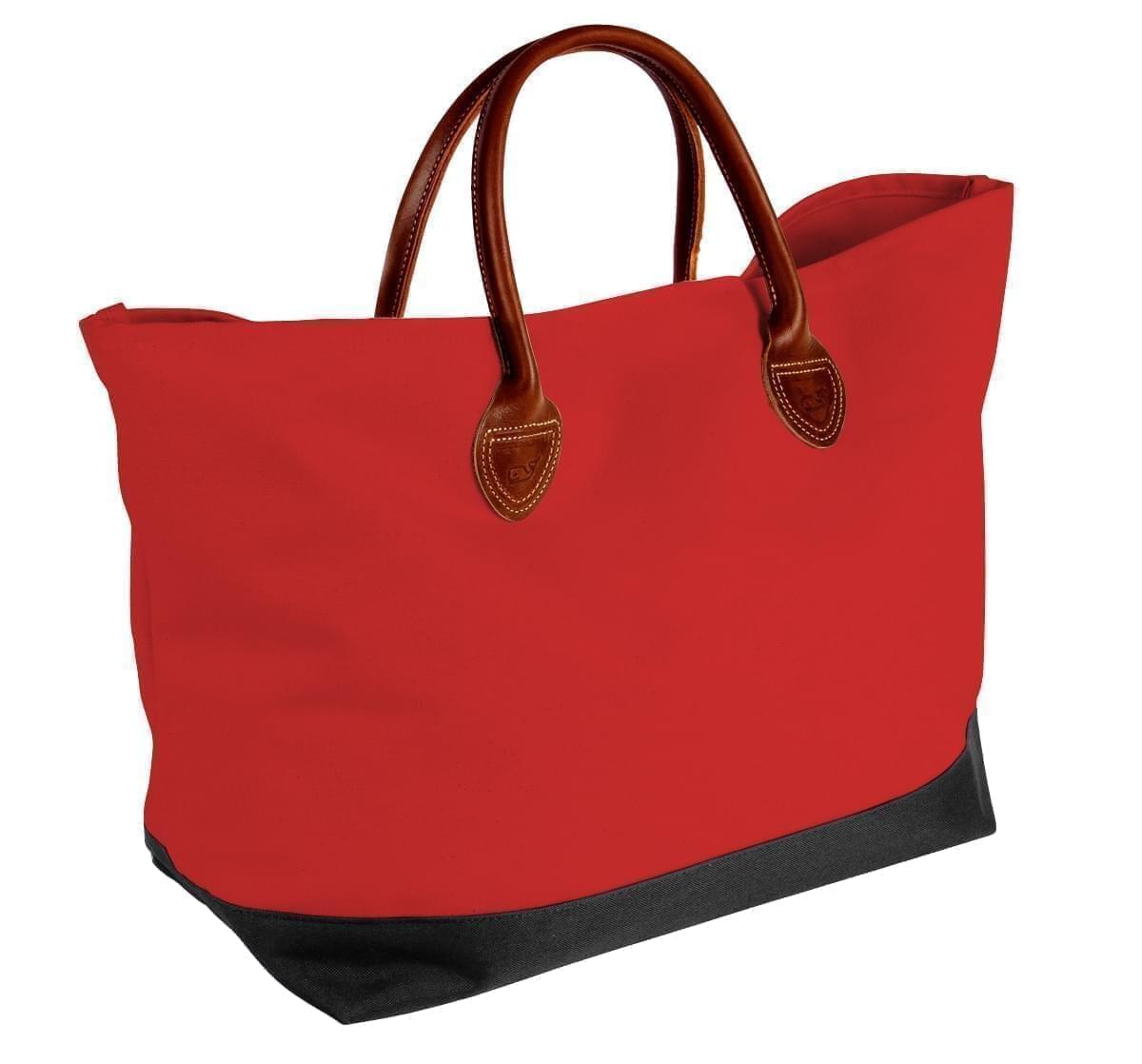 Tote Bags
Tote Bags
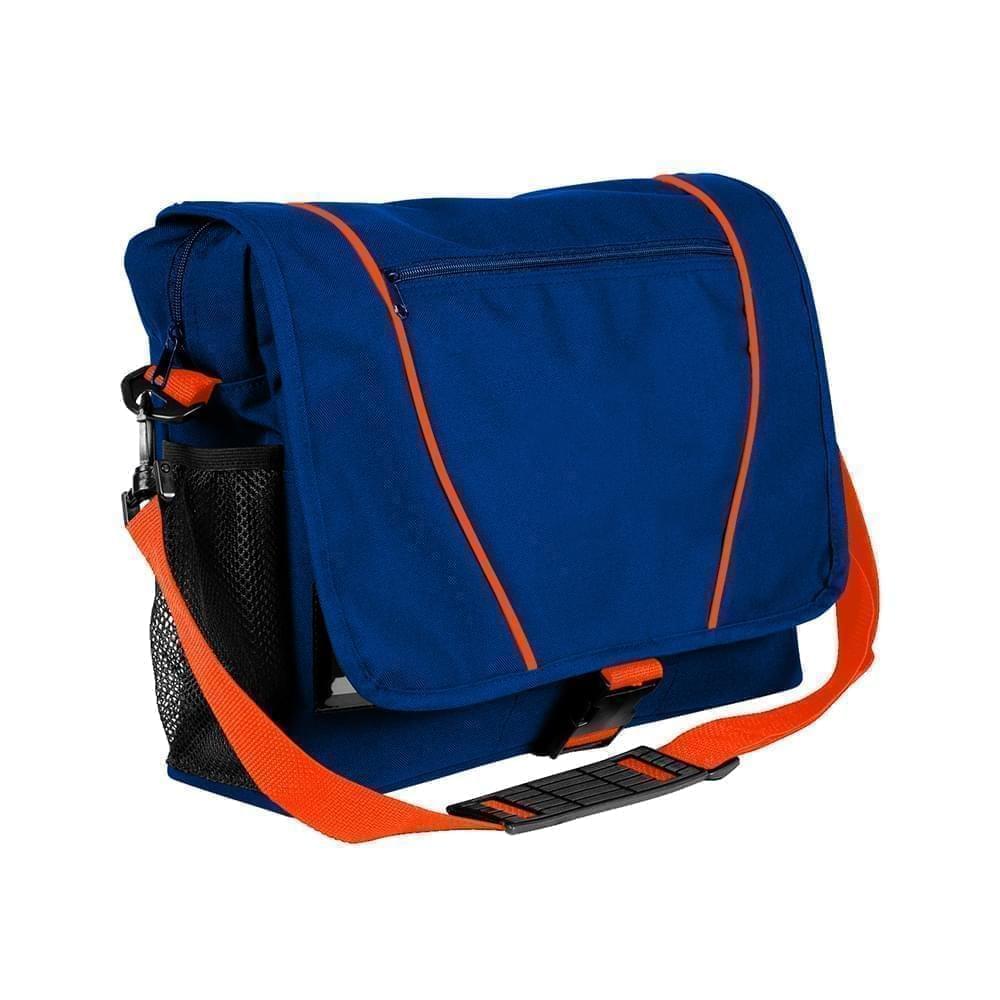 Computer Bags
Computer Bags
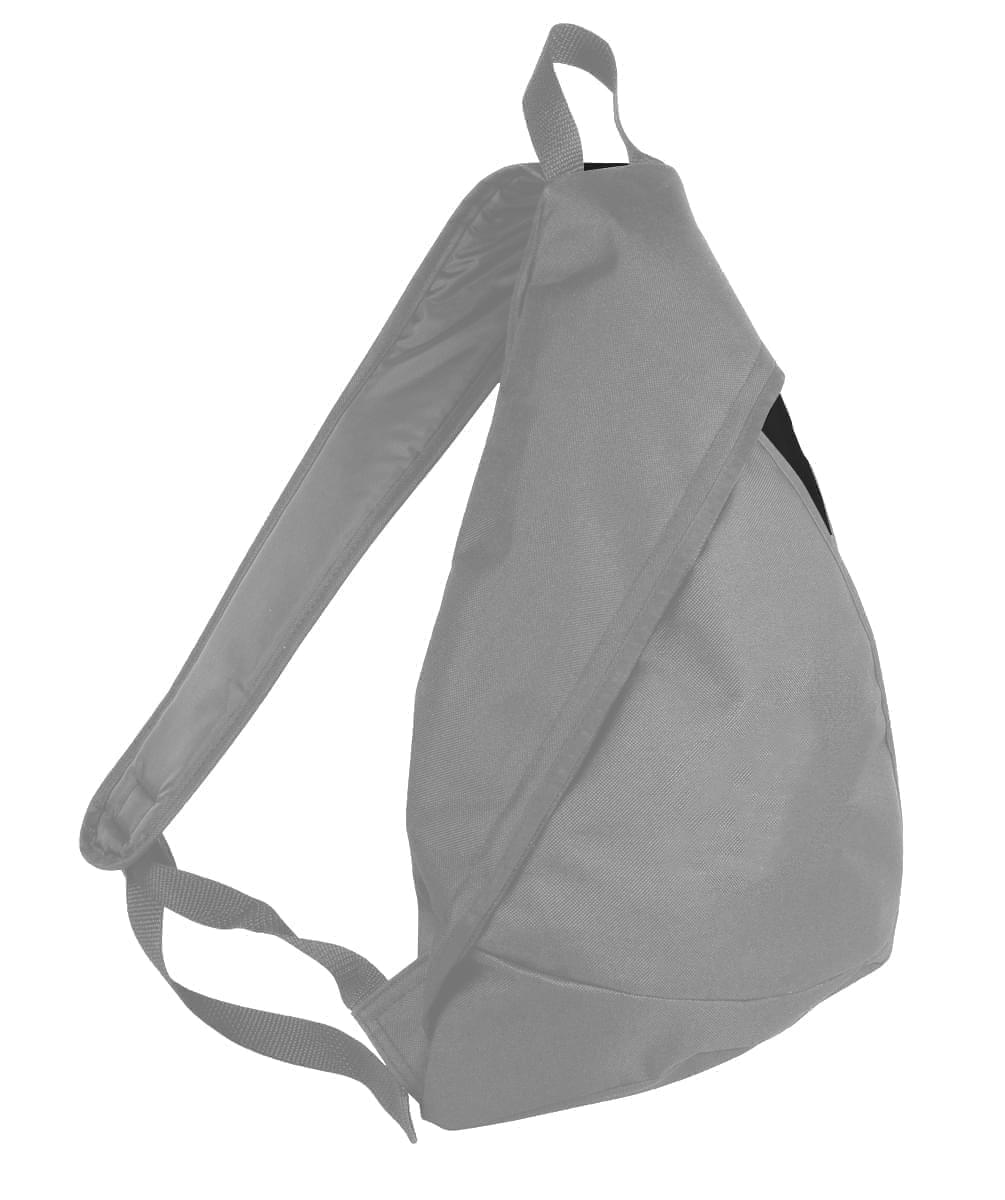 Sling Messenger Bags
Sling Messenger Bags
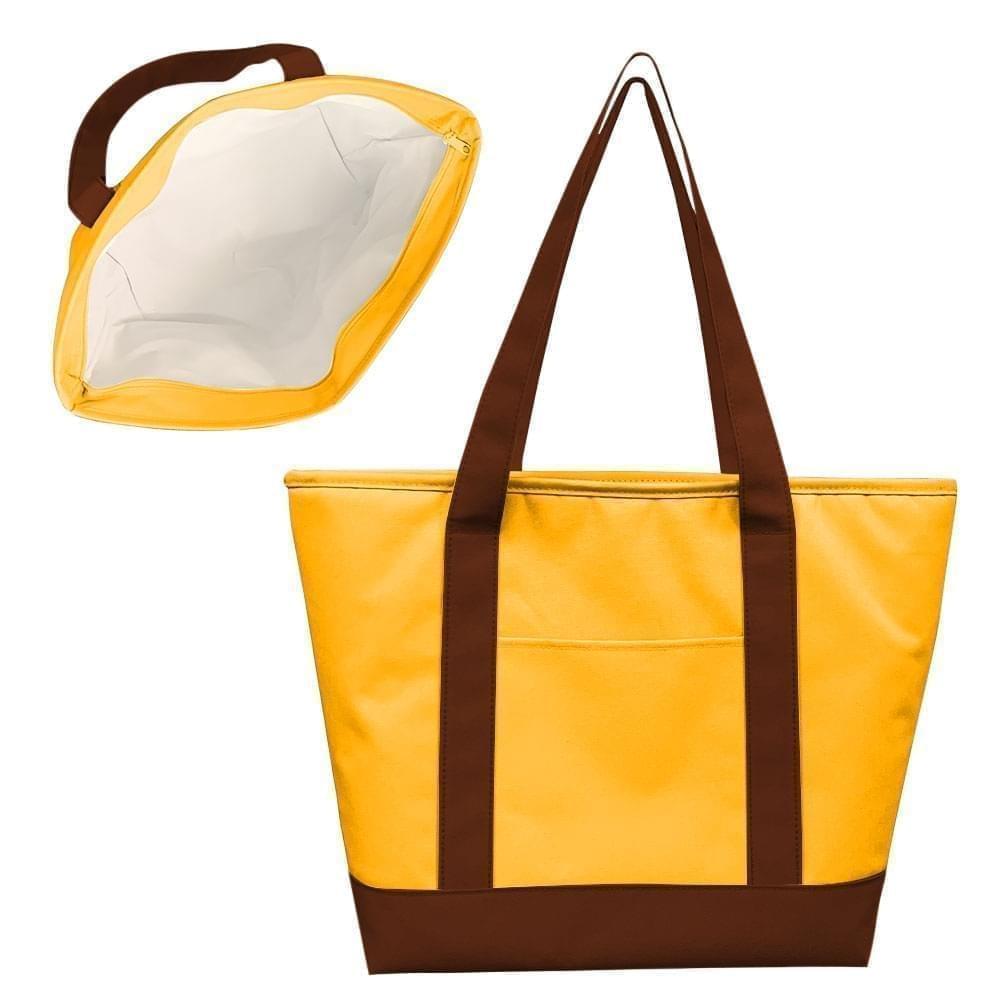 Cooler Bags
Cooler Bags
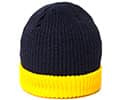 Cuff Hats
Cuff Hats
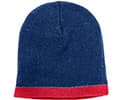 Beanies
Beanies
 Scarves
Scarves
 Zipper Folders
Zipper Folders
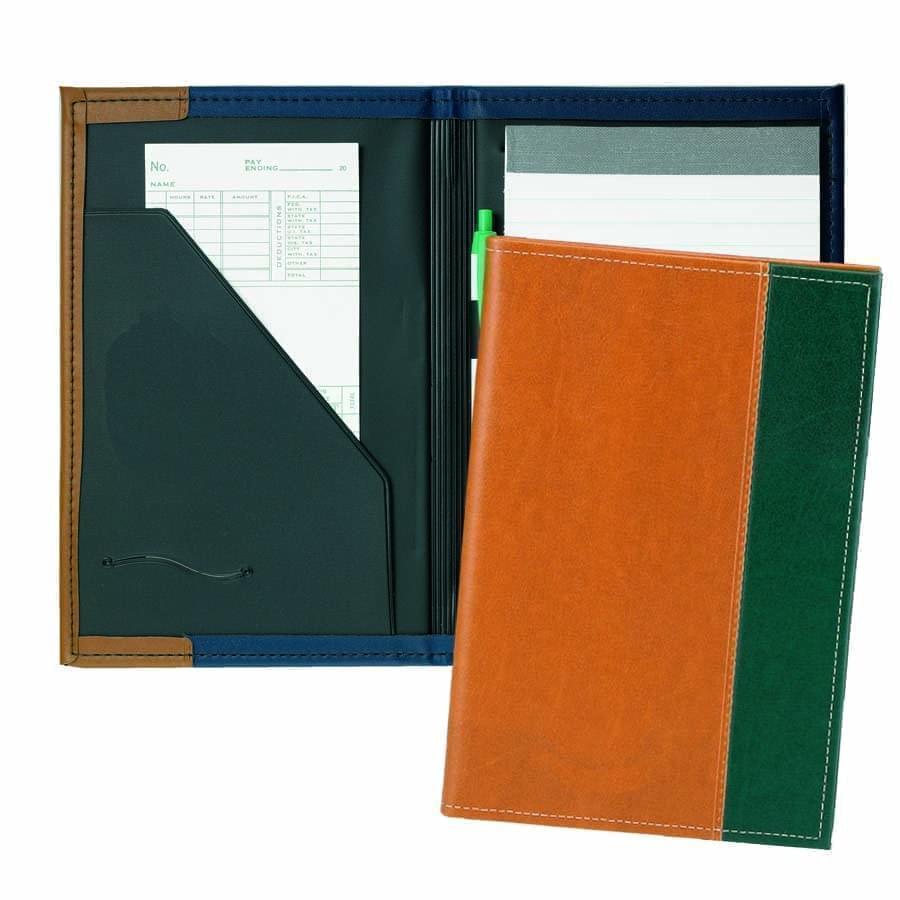 Stitched Folders
Stitched Folders
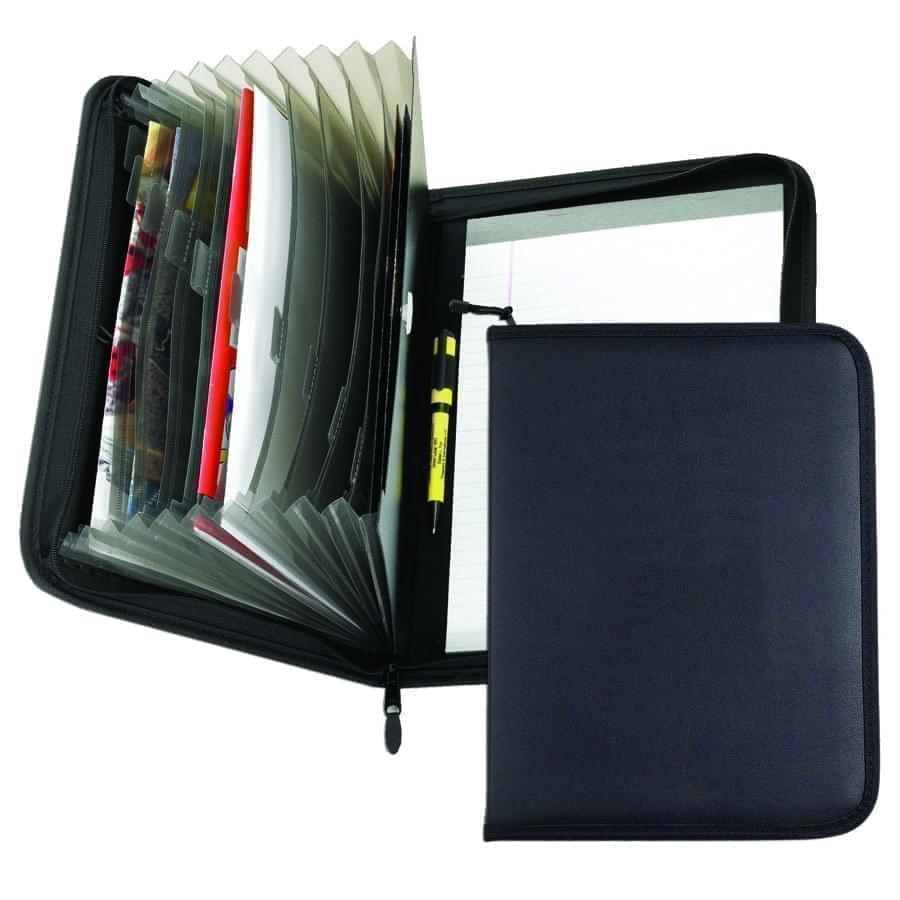 Accordion Folders
Accordion Folders
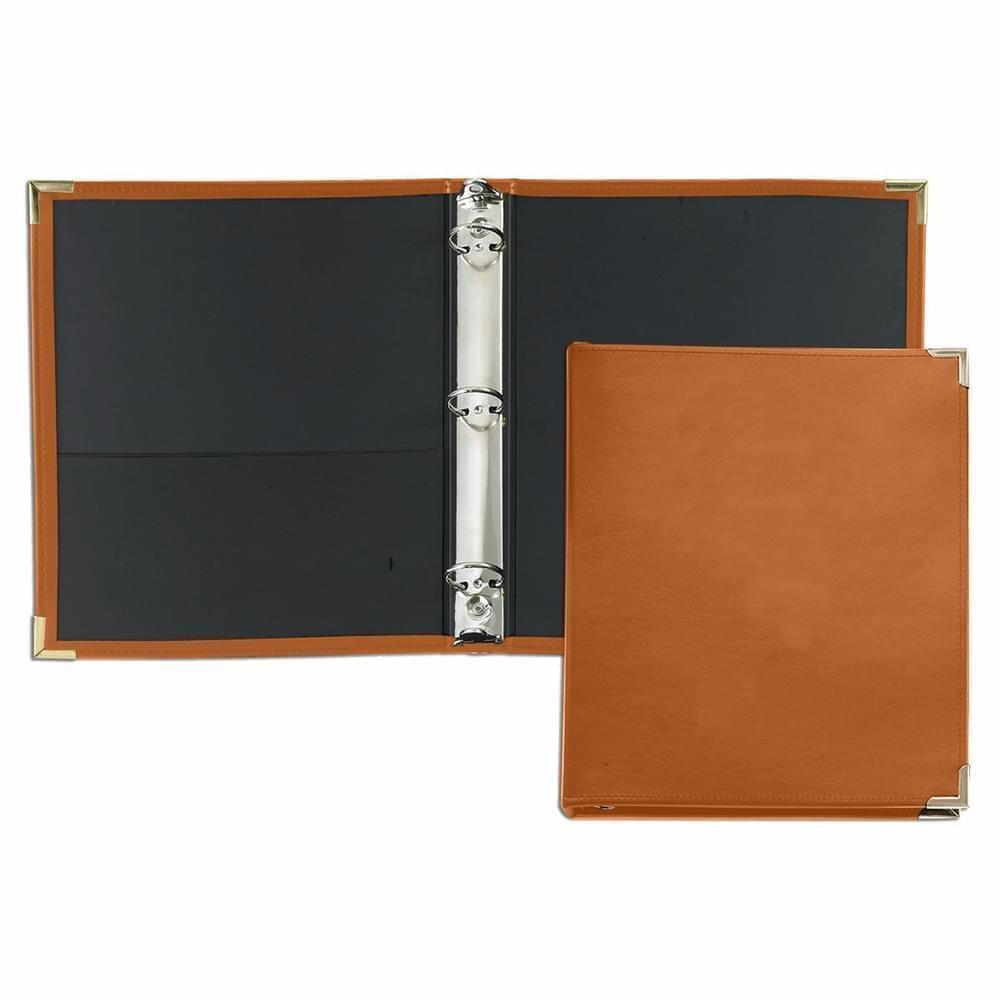 Ring Binders
Ring Binders
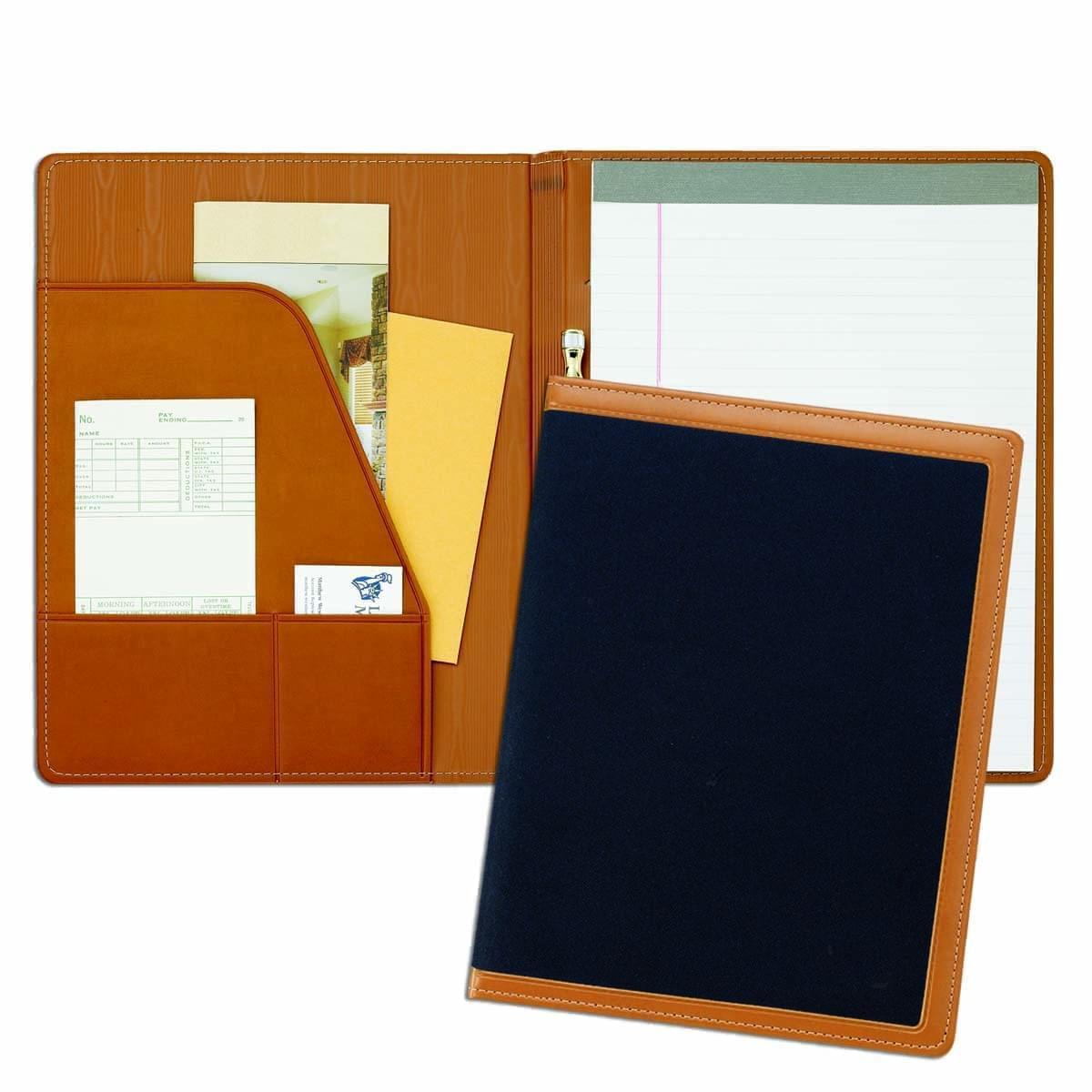 Letter Folders
Letter Folders
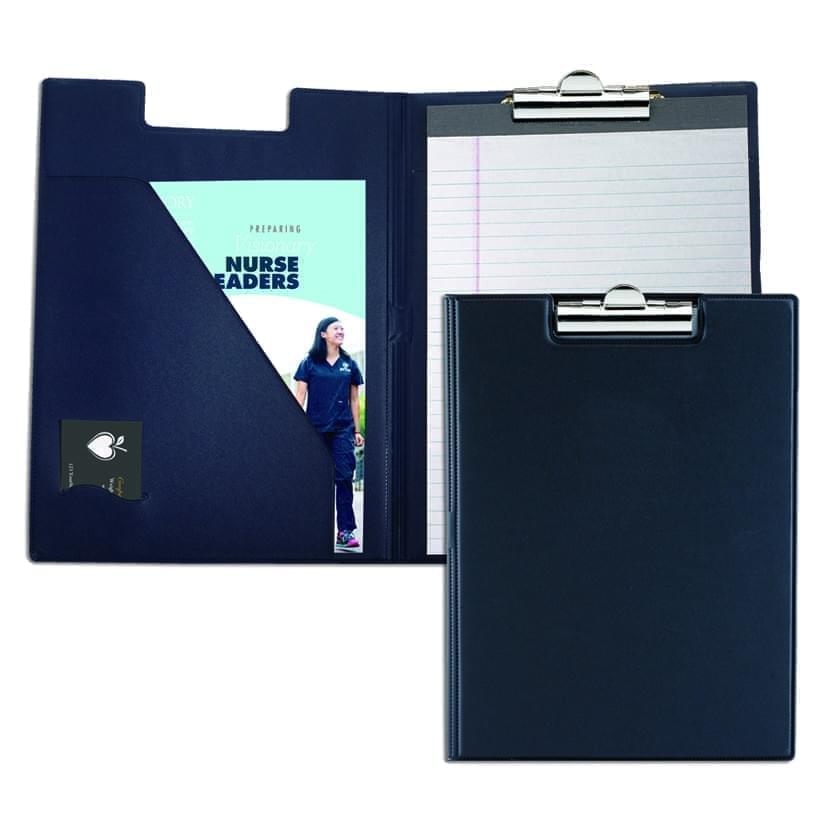 Clipboards
Clipboards

 Union Made In USA
Union Made In USA






